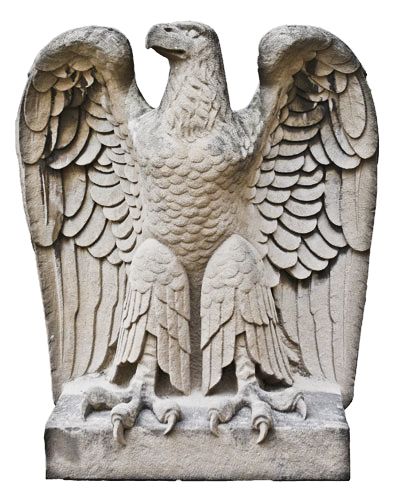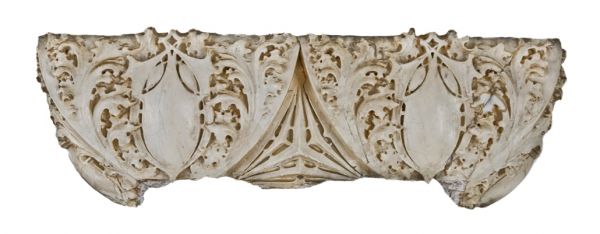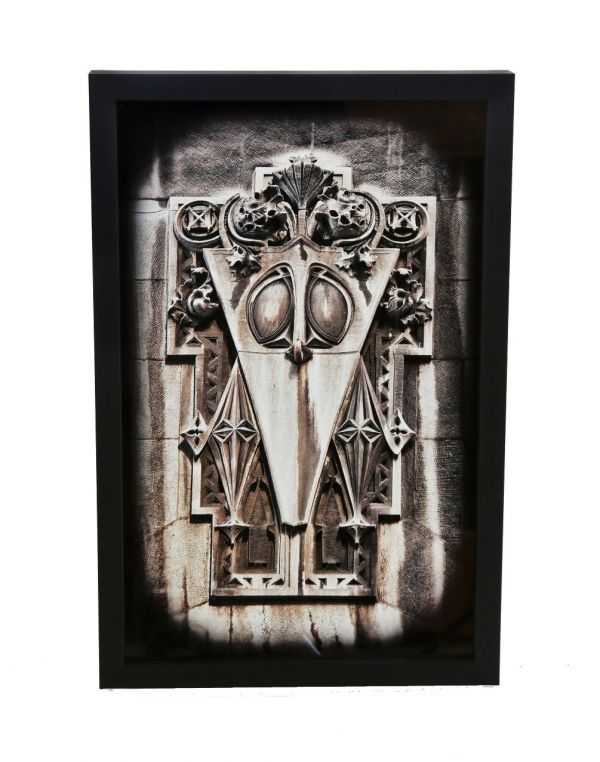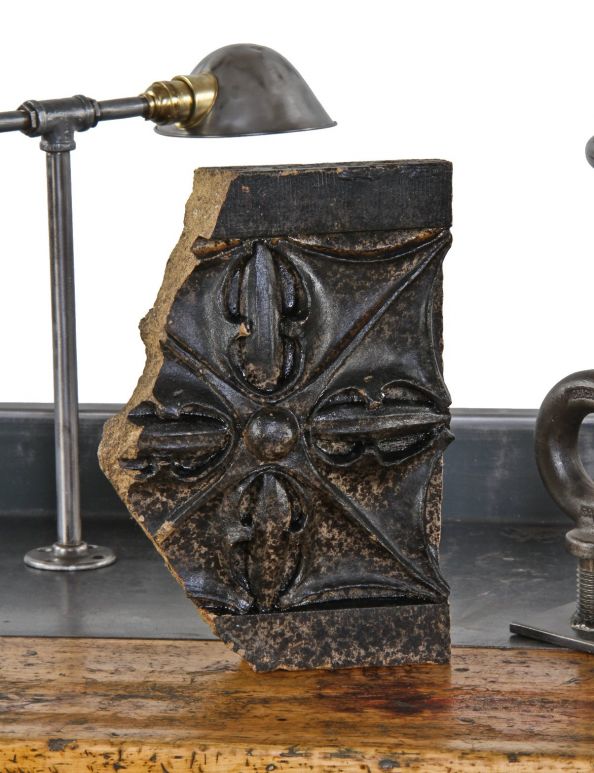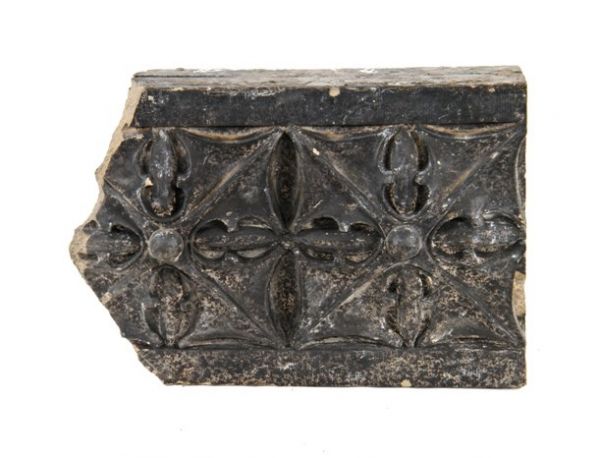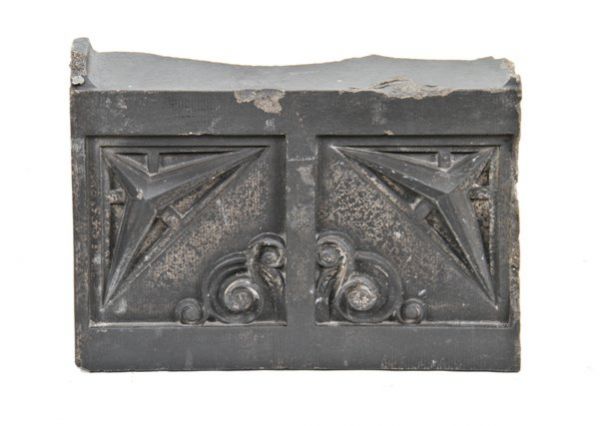very unique and unusual early 1920's american industrial oversized bunte candy factory pine wood water tank measuring stick with black stenciled lettering
Bld. 51 Museum Collection
In stock
SKU
UR-21938-15
possibly fabricated by or for the challenge company, batavia, il.
original and all original oversized early 1920's single-sided hand painted pine wood water tank measuring stick salvaged from the non-extant bunte candy factory complex completed around 1919-20. the massive wood measuring indicator was originally affixed against one of the smaller auxiliary water tanks installed in the administrative building's tower. the twelve foot measuring stick contains two opposed raised boards (used in conjunction with the pulley system) with original black stenciled markings and fanciful numbers. the gray paint finish used to heighten the visibility of the stenciling is original and intact. the unique measuring stick was lightly cleaned and sealed with a clear coat lacquer. possibly fabricated by or for the challenge company, batavia, il. several water tanks comprised of wood and steel found within the city of chicago were assembled by their company during the first part of the 20th century. the massive bunte candy factory factory (later converted into a high school before demolition) was designed by the architectural firm of schimdt, garden & martin. although known primarily for their commercial and industrial designs, the firm also designed several residential buildings, more than 300 hospitals and a few public structures. richard ernest schmidt studied architecture at the massachusetts institute of technology and worked for a number of architects (adolph cudell and charles sumner frost) before starting his own practice in 1887. eight years later, he asked hugh gorden garden to join him as chief of design. a native of toronto, canada, garden had moved to chicago in the late-1880′s, apprenticing with several architectural firms, including flanders & zimmerman, henry ives cobb, and shepley, rutan & coolidge. he then became a freelance renderer, which brought him jobs with howard van doren shaw, louis sullivan, and frank lloyd wright. in 1906, the schmidt-garden partnership was formalized under the name of richard e. schmidt, garden & martin. the third partner was edgar d. martin, who later joined the firm of pond & pond. schmidt brought business acumen and social connections to the partnership, while garden brought the imagination, inventiveness, and sensitivity of a creative designer and versatile draftsman. martin was an extremely skilled structural engineer who was able to solve technical problems associated with large industrial buildings and modern materials, such as the montgomery ward & co. catalog house, one of the first buildings to be constructed of reinforced concrete. garden helped evolve the firm’s progressive approach to design, much in the way that his contemporaries, sullivan and wright, had done. the style and details of garden’s architectural designs were so unique and distinctive that they often are referred to with the term “gardenesque.” the fabricator and/or sculptor of the eagles has yet to be identified. the bunte factory was considered to be the largest prairie school style commercial building or factory in the country before being demolished in 2008. the candy factory ceased operations around 1960-61. in 1969, the building was then retrofitted into a chicago public school building. the bunte candy company dates back to 1876, when ferdinand bunte, gustav a. bunte, and charles a. spoehr started a candy manufactory on state street in chicago. after a few years, ferdinand's son theodore w. bunte took charge of the business. by the 1910's, when bunte bros. did annual sales of about $2.4 million, the company employed about 1,200 people. as late as the 1950's, it had over 1,000 workers in its chicago plants. in 1954, bunte brothers candy co. was purchased by chase candy co. of st. joseph, missouri, and a new firm, bunte-chase, was created. in 1961, the firm closed the chicago plant, dropped the bunte name, and returned to st. joseph.
You Might Also Like
WORDLWIDE SHIPPING
If required, please contact an Urban Remains sales associate.
NEW PRODUCTS DAILY
Check back daily as we are constantly adding new products.
PREMIUM SUPPORT
We're here to help answer any question. Contact us anytime!
SALES & PROMOTIONS
Join our newsletter to get the latest information


